Nowadays, mechanical broadheads are becoming increasingly popular among the hunting community worldwide. Their unique ability to expand the blades upon impact and increased accuracy make them the perfect choice for many hunters.
We’ll talk about how do mechanical broadheads work and what are their pros and cons. Let’s shoot!
What is a Mechanical Broadhead?
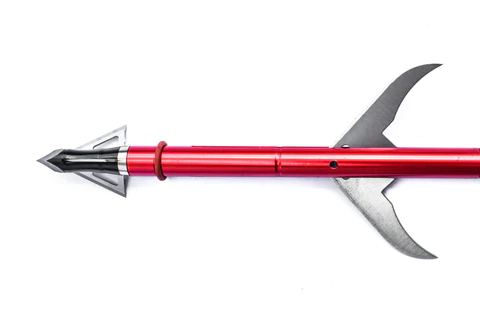
Mechanical broadheads are specially designed broadheads equipped with expandable blades that remain closed during the flight and open upon impact. They are mainly used to add extra dynamics to the cutting motion and increase the cutting diameter.
There are two different types of mechanical broadheads depending on how the blades swing open. Front-deploying broadheads open from the front of the blades to the back while rear-deploying broadheads do the opposite.
How Do Mechanical Broadheads Work?
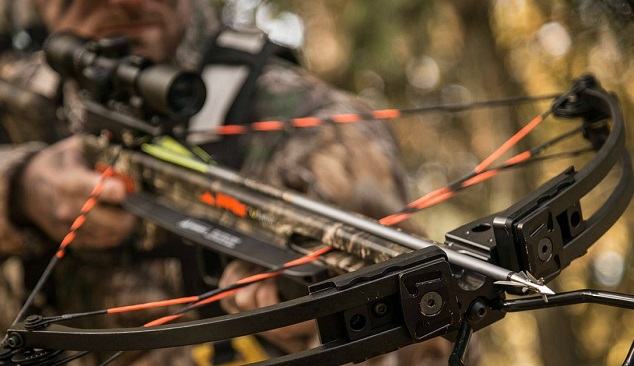
Mechanical broadheads provide a fatal shot on 5 different stages (just like a bullet) and the stages are named as “Lethal Kinetic Energy” stages (LKE stages). Not all mechanical broadheads will work the same on all those levels but pretty much provide satisfactory performance.
SummaryIn short, mechanical broadheads have a mechanism that deploys the blades as soon as they make contact with the target. When the broadhead hits the target, the force of the impact causes the blades to deploy or expand that increases the size of the wound channel and maximizes tissue damage for better bloodtrail and faster harvest.
The deployment mechanism is activated by either a spring or a rubber O-ring designed to release the blades upon impact. The blades can expand both outward and backward. Some mechanical broadheads have a locking mechanism to keep the blades in place during flight, while others rely on air resistance.
Here’s how the different stages work:
Stage 1
The main transformation this stage undergoes is the transformation of your kinetic energy into a lethal momentum. Mechanical broadheads can fly just like your field points, especially if the target is closer than 30 yards.
All the energy you put into your bow gets transformed into a great momentum that helps the broadhead penetrate deeper into the target.

However, we recommend using high-rated bows because mechanical broadheads require a bit more kinetic energy than the traditional fixed broadheads.
Stage 2
Once you release the arrow, the mechanical broadheads don’t expand right away. They travel through the air keeping a slender profile. If the blades were to open before impact, the arrow would have to face a much greater air resistance, which would drastically affect the accuracy and trajectory.
In order to combat that problem, mechanical broadheads use a spring mechanism to expand the blades only upon impact. This helps the shooter achieve a slender profile and keep the momentum consistent till impact.
Mechanical Broadhead test:
Stage 3
This stage begins as soon as the broadhead touches the target. All the kinetic energy stored into the broadheads hits the target with full force and fractures the surface with maximum penetration. Even if you miss your shot and the broadhead hits a rib, the lethal momentum will help the broadhead to completely shatter the bone and penetrate even deeper.
This increases the chance of hitting a vital organ even if you miss your shot by a little. High-quality mechanical broadheads can penetrate through muscle, hide, and bones with an astounding amount of force, helping you to make sure that you get the game.
Stage 4
Once the broadhead goes a bit deeper into the flesh, the spring mechanism gets activated (usually within milliseconds) and the secondary blades (2 or 3 blades) open to increase the impact radius.
The expansion of the blades can be a bit delayed in some broadheads so you don’t lose much energy on hides and bones. Once the blades open, they introduce secondary trauma, which is critical to take down big games.
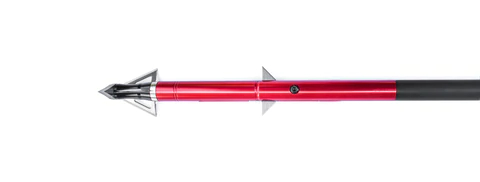
The open blades cut through soft muscle tissues and deal maximum damage to one or more vital organs of your targeted buck. It also helps to create a larger blood trail so you can find your trophy buck easily.
Stage 5
Most of the time, the arrow gets stuck inside the target’s body. However, even if the arrow stops, the internal bleeding doesn’t and the animal loses consciousness quickly. The expanding razor-sharp blades make sure to create an exit/impact wound big enough that you don’t need to shoot another arrow.
Additionally, the delayed mechanism of the blades allows the secondary blades to cut deeper and create a massive exit wound (in case there is any) by creating the maximum hydrostatic shock possible.
But only knowing how expandable broadheads work isn’t enough. You need to be familiar with their advantages and disadvantages so you can decide if you should give them a try this season.
Pros and Cons of Mechanical Broadheads
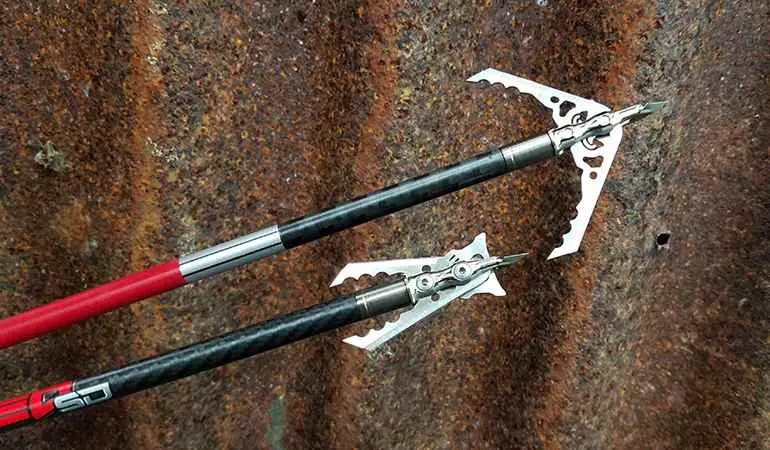
This might be true that mechanical broadheads were first created in 1959, but they got their popularity fairly recently. Just like fixed broadheads, they also come with some pros and cons. Whether you should use it on or not will depend on your hunting requirements.
Pros
- Easy to fix
- Fly extremely close to field points, especially at close range
- Provides much wider cutting diameter
- Created bigger wound
- The bow needs less tuning
- Affordable
- Maximum hydrostatic shock
- Better blood trail
- Good for medium to large game
Cons
- The expandable blades may fail to open and lead to disaster
- Require some kinetic energy to open
- Not so durable
- Can lose momentum mid-flight
- Several parts may cause malfunction
Mechanical vs Fixed Broadheads: The Good Ol’ Debate!
Fixed blade broadheads are more reliable and penetrate deeper, which makes them better for hunting large game. But you’ll be doing more tuning and they can sometimes be less accurate than mechanical broadheads.
On the rother hand, mechanical broadheads are more accurate, have better flight characteristics, and cause larger wound channels. They are preferred by some hunters for their ease of use, but may be less reliable as their moving parts can malfunction and absorb kinetic energy.
There are also bowhunters that use both based on their hunting areas and conditions. But there’s no doubt that most prefer fixed over mechanical broadheads since they work every time.
What’s more, mechanical broadheads require much less fine-tuning compared to fixed blades. That is why they are becoming increasingly popular among hunters across the globe. Now that you know how mechanical broadheads work, it’s up to you to make your choice!
FAQs
1. Can I practice with mechanical broadheads?
Ans: Technically, you can practice with mechanical broadheads although that might not be necessary. Most mechanicals fly similar to the field point. So, if your bow is properly tuned, you won’t need to practice with mechanical broadheads.
2. Do mechanical broadheads need tuning?
Ans: Not always. You need to shoot a couple of practice shots before going in the woods to make sure you don’t need any tuning. Sometimes you’ll need to make some adjustments. It’s good practice to do a couple of test shots.
3. How does a mechanical broadhead open?
Ans: There is a spring mechanism attached with the mechanical broadheads that activate as soon as the arrow hits the target. The initial energy breaks the hide and bone whereas the expandable blades cut deeper into the muscle tissues.
4. What is the minimum poundage for mechanical broadheads?
Ans: Usually, longbows, recurve bows, and compound bows require a minimum of 50 pounds of energy to shoot a mechanical broadhead effectively. Mechanical broadheads do exceptionally well with premium bows.
5. Do mechanical broadheads fly better?
Ans: In general, yes. If you combine high-rated bows with mechanical broadheads, you’ll get extraordinary results. Most of them fly similar to the field point, especially at close or medium range.

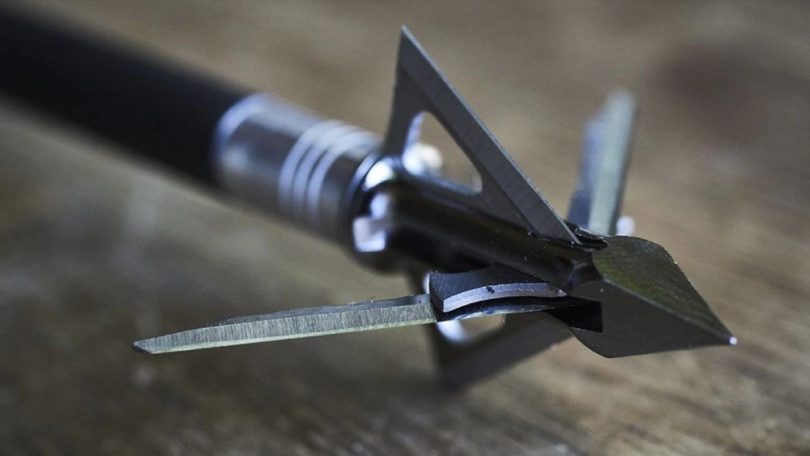






Leave a Comment